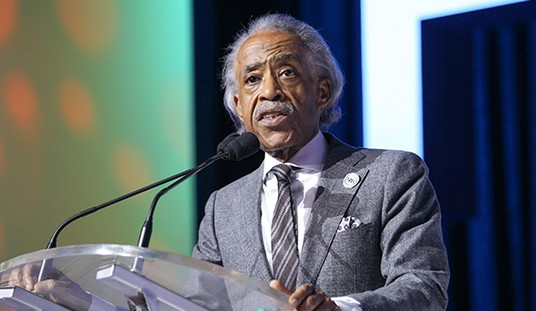After years of relentless hype, it appears that the AI industry — hailed at the highest levels of government as the economic engine of the future — is poised to take a massive haircut, as monumental investments dwarf by orders of magnitude the profits.
Related: GREENLIT: ‘Sun-Dimming’ Aerosol Injections Into Atmosphere For Climate Change
Via DW (emphasis added):
Signs of a hangover are getting harder to ignore. AI usage by corporations is slipping, spending is tightening and the machine learning hype has massively outpaced the profits.
Many economists think usage concerns, barely three years into AI going mainstream, dropkick the prevailing narrative that AI would revolutionize how businesses operate by streamlining repetitive tasks and improving forecasting.
"The vast bet on AI infrastructure assumes surging usage, yet multiple US surveys show adoption has actually declined since the summer," Carl-Benedikt Frey, professor of AI & work at the UK's University of Oxford, told DW. "Unless new, durable use cases emerge quickly, something will give — and the bubble could burst."…
As the gap widens between sky-high expectations and commercial reality, investor enthusiasm for AI is starting to fade.
In the third quarter of the year, venture-capital deals with private AI firms dropped by 22% quarter on quarter to 1,295, although funding levels remained above $45 billion for the fourth consecutive quarter, market intelligence firm CB Insights wrote last month.
"What perturbs me is the scale of the money being invested compared to the amount of revenue flowing from AI," economist Stuart Mills, a senior fellow at the London School of Economics, told DW.
As you might recall, President Trump, on the second day of his administration, announced what was dubbed “Project Stargate” alongside a truly bizarre throuple of eccentric, to put it politely, billionaires, in which half a trillion dollars would be pledged in order to boost the nascent industry, the promise being a windfall of high-paying careers for American workers.
Related: Chinese Communist Party Literally Names Its Domestic Surveillance Program 'Skynet'
Ten months later, the industry, however reluctantly, seems to be coming to terms with its impending shortfall, as reality creeps in. Accordingly, its evangelists are already floating the idea that the government should bail it out in much the same way it bailed out the “too big to fail” banks during the 2008-9 economic collapse.
Here is Sam Altman, currently facing a lawsuit from his own sister, who claims he molested and groomed her for nine years, casually declaring the government the “insurer of last resort” should his Frankenstein OpenAI baby go belly-up:
When something gets sufficiently huge, whether or not they are on paper, the federal government is kind of the insurer of last resort…So, I guess, given the magnitude of what I expect AI economic impact to look like, sort of, I do think the government ends up as, like, the insurer of last resort.
🇺🇸 Sam Altman runs OpenAI expecting a government bailout in mind.
— Lord Bebo (@MyLordBebo) November 7, 2025
-> So he’s making billions building up a bubble, but that's okay, because when it bursts, the American taxpayers will bail him out. pic.twitter.com/bgTu9vFXIS
In multiple ways, even without what seems like the inevitable government bailout, AI is already a huge beneficiary of public subsidy — thus far with little return to taxpayers or workers relative to the investment.
For one thing, AI data centers are energy black holes that siphon off water and electricity in vast quantities from municipal and state supplies, often at the expense of public treasuries, while also skyrocketing rates paid by consumers as demand rises. Planet Detroit reports that “currently, 12 states fail to disclose aggregate revenue losses from data center subsidies, and water usage often disappears into ‘public supply’ categories.”










